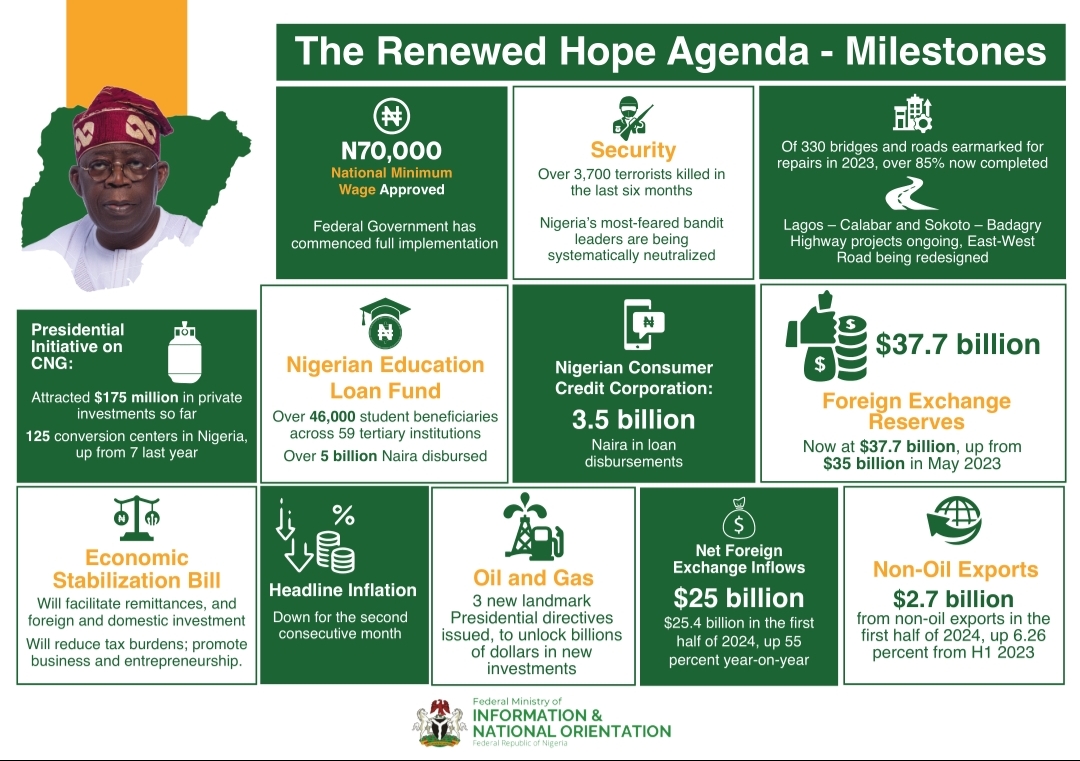
The Central Bank of Nigeria (CBN) has announced a downward review of charges and rates on ATM withdrawal and inter-bank transfer fees for electronic banking transactions.
According to CBN, the Standing Order charge for intra-bank will be free instead of the N300 contained in the 2017 guideline.
CBN with regards to interbank transfers reduced the charges to a maximum of N50 per transaction compared to the N300 held in 2017.
Bills Payment (including bills payment through other e-channels) is negotiable, subject to a maximum of N500 per beneficiary payable by sender, a review from the N1,200 or 0.75 per cent for a biller or merchant to pay.
Electronic funds transfer has also been reviewed downwards to N10 charge for a transaction below N5000; N26 for transaction of N5001 to N50,000 while transactions above N50,000 will be charged N50.
Withdrawals on other banks’ ATMs have been reduced from N65 to N35 after the third withdrawal within the same month.
The CBN also reduced ATM bill payments charge from N100 to N50.
Debit card maintenance charges that were N100/month have been removed in the new guideline.
The apex bank made the announcement on Friday, Jan 28, 2022, via a circular by Chibuzor Efobi, the Director, Financial Policy and Regulation Department, titled “RE: GUIDE TO CHARGES BY BANKS, OTHER FINANCIAL AND NON-BANK FINANCIAL INSTITUTIONS”.
The new guideline applies to financial and non-financial institutions under its licence or regulatory purview.
The guide states that the banking sector regulator has slashed the charges on some transactions including Standing Order Charge (In-Branch); ATM Maintenance fees; electronic fund transfers and bulk payments among others.
In 2019, the CBN announced a reduction of all bank charges, with some getting more than 50 per cent cut, which took effect from January 1, 2020.
According to the apex bank, the decision, which came amid public outcry against multiplicity and value of the charges, was aimed at making financial services more accessible and affordable to various stakeholders in the economy.






